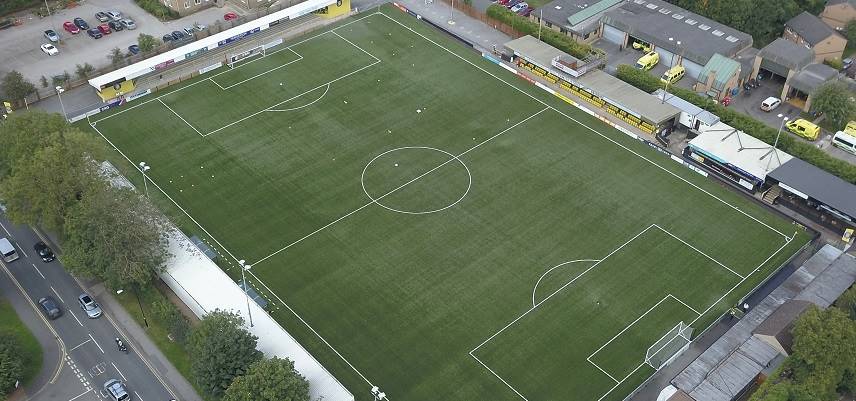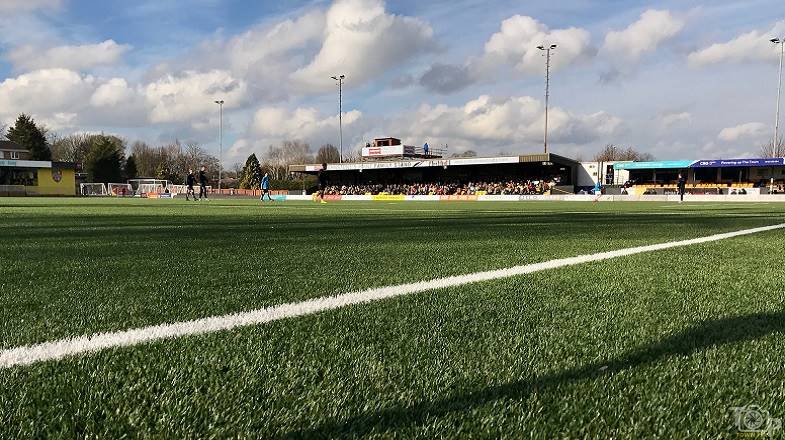Can the English Football League make the right decision for the future of synthetic turf?
- 08/04/2020
On Sunday, Harrogate Town FC of the National League won the Play-Off Final at Wembley, to become the newest English Football League club, joining Division Two next season. Harrogate also became the first team with a synthetic turf pitch to win promotion; and here lies the problem.
Currently the EFL does not allow synthetic turf pitches; a decision that has been debated and agreed on in the past by the league’s clubs. So far this decision has stopped several EFL teams from changing their pitch to synthetic turf, and benefiting from the extra performance, value and community benefit such a surface brings.
Harrogate Town chairman Irving Weaver has confirmed the club will replace the pitch and has received permission from the EFL to ground-share for their first few home matches, whilst the new pitch is built.
Instead of this Luddite action, the EFL could seize the opportunity and test synthetic turf for at least one season at Harrogate. It would then allow the other 23 teams to play a competitive match on the turf, and make a more informed decision. This would give other clubs more time to see that any home advantage Harrogate has, is no different to that experienced by clubs with natural turf fields.
Elsewhere in Europe, football in played in several top leagues on synthetic turf, and certainly at lower league level, without the stigma that is attached to the surface in England. Scotland is the closest example, where the very existence of several lower league teams is partially due to the extra revenue a synthetic turf pitch brings in. So, for the EFL to allow Harrogate’s pitch to survive the decision is not either unique or revolutionary; more like catching up with everyone else.
The synthetic turf surface at the CNG Stadium is a high standard FIFA Quality Pro surface, which means that it is tested to demanding standards, something that does not happen with natural turf pitches. It is made available to the community and used by local leagues for cup finals as well as West Riding County FA.
If Harrogate take up their surface and replace it with real turf, as is now planned, it will be very costly. The synthetic turf can be uplifted by specialist equipment and re-laid elsewhere, but the over engineered and expensive base will be lost.
“Revenue might drop from £200,000 to £150,000,” Weaver said. “Obviously maintaining a grass pitch is going to be more expensive. There will be an increase of around £20,000 in groundsmen’s work.”
It is hoped that the EFL, sees the huge opportunity that is now presented, and let Harrogate start next season on the same pitch that has seen their rise to the EFL, and let local players, of all ages, continue to benefit from playing at the CNG Stadium.






